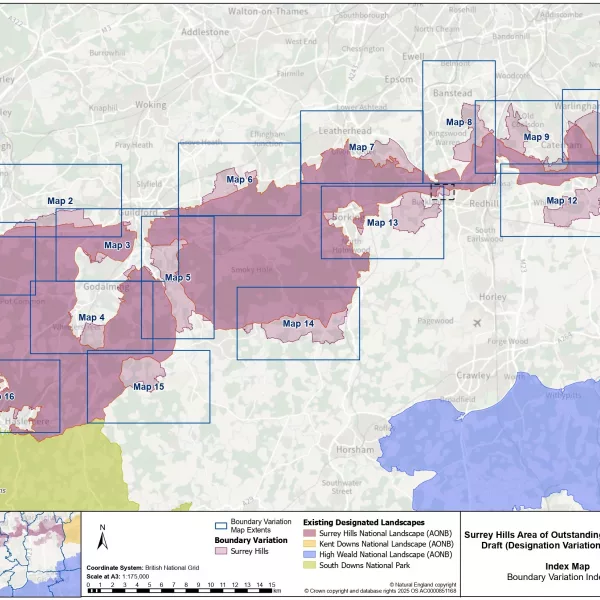
UKREiiF 2025
Union4 Planning welcomed the opportunity to attend this year’s UK Real Estate Investment & Infrastructure Forum (UKREiiF) in Leeds. The three-day property event is marketed as an opportunity to connect people, places and businesses to drive sustainable, inclusive and transformative investment and regeneration. The event has grown with each passing year, with the attendance doubling in size from 2024. This year’s event benefitted from good weather, with the sunshine providing a welcome backdrop. Three of our Directors - Andy Wells, Alan Hannify and Jonathan Rowlatt – were in attendance and met with many of our clients and compatriots, while also attending discussion forums, keynote speeches, and partaking in roundtable events.
A key focus for many delegates attending UKREiiF was the residential sector with much of the discussion revolving around housing delivery. Recent planning reforms and changes in policy were acknowledged, but the constraints facing the residential sector proved to be an enduring theme of the week. The current challenges include a range of macro-economic factors such as the cost of borrowing, the cost and availability of materials, skills shortages, labour costs, and associated viability concerns. The views expressed by a variety of stakeholders indicated that there is currently a confluence of factors impacting on the residential sector, including the resourcing of local planning authorities and efficiency in the decision-making process. However, the factors impacting on housing delivery are broad and varied, which is in stark contrast to the simplified narrative that often prevails within public discourse.
The outlook was more positive for other key sectors of the economy, including industrial floorspace, logistics, digital infrastructure and renewables. It was noted that the Government’s interventions in the planning process for large-scale data centre, solar and battery storage projects have created buoyancy in these sectors. Moreover, the emergence of the ‘grey belt’ concept and the imminent reforms by NESO to the grid applications process have created a sense of urgency in progressing data centre and renewable energy projects.
In many respects, the current outlook for digital infrastructure and renewables contrasts to the challenges faced by the residential sector. The juxtaposition between these sectors points to a two-speed economy. It also serves to emphasise that the residential sector is subject to greater complexities, whereby the economic and political spheres of influence need to be aligned to address the demand and acute need for housing.
This is particularly relevant in the context of the ongoing government consultations on planning reform — covering measures such as speeding up build-out rates, reforming planning committees, adjusting site size thresholds for residential development, and implementing Biodiversity Net Gain for minor, medium, and brownfield development — all of which appear to be aimed at supporting SMEs to build more homes, more quickly.
Time will tell whether the positive pronouncements and proactive outlook from the political leaders and delegates attending UKREiiF will be borne out in economic growth and an expansion of development opportunities over the coming year.
Other news
See all

London Housebuilding: Emergency Measures
The Government and GLA are currently consulting on two documents aimed at stimulating and reviving housing delivery across London, in response to a…...
Read now
Surrey Hills Area of Outstanding Natural Beauty - Boundary Extensions: Last opportunity to make representations
Natural England have given notice of their intention to Vary the Designation Order to include boundary extensions to the Surrey Hills Area of…...
Read now